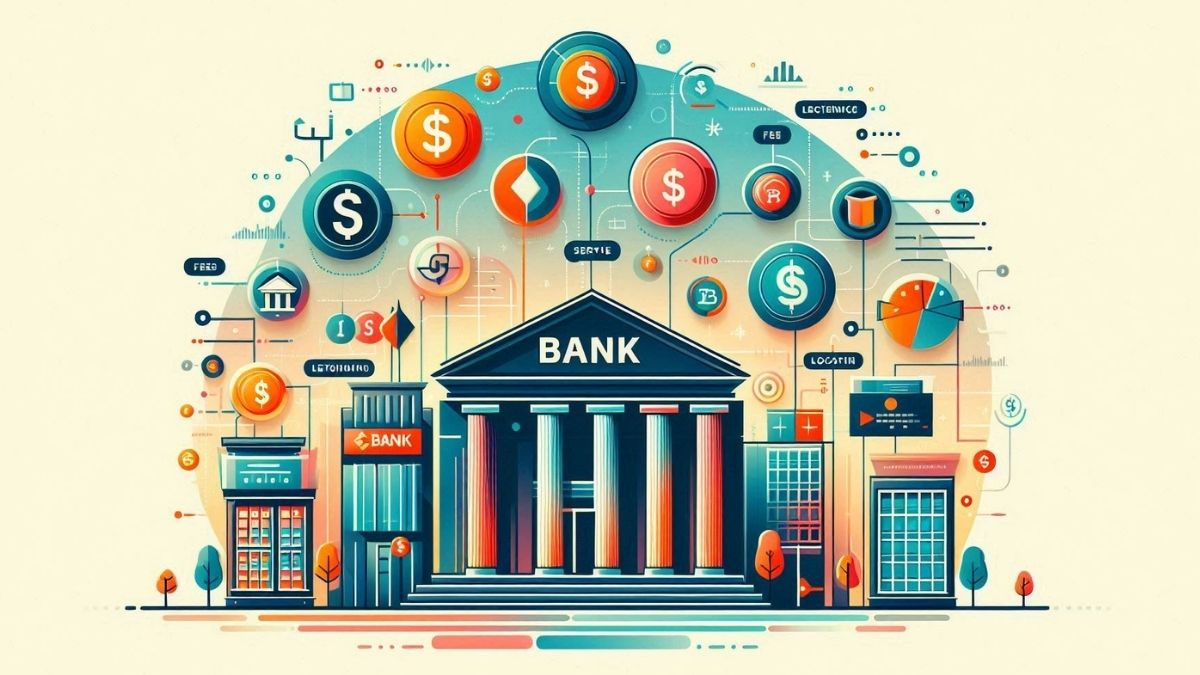How to Choose the Right Bank:Hi there, and thank you for checking out our latest blog post. In this article, we will be narrowing down our discussion to effective tips for choosing a reliable bank that will meet one’s banking needs. With that being said, you might be searching for such a bank, and even you may already be a customer of a bank but are left unsatisfied.
A bank is not only a placement of money where transactions can be carried out; it is the ground on which financial aspirations are grown and spent on the everyday activities while saving for what one aspires for. Whether you are a working class person, a young SMART student, or an individual who is preparing for retirement, it is vital to seek a bank that complements your way of life.Now, envision stepping into a bank that is actually designed to make you feel at home, where everyone knows you by name and the services on offer are tailor-made for you.
Or better still, imagine ‘banking’ without standing in any queues, managing your funds right on the palm of your hands using your smart phone without any opt out fees or other nasty surprises. Great, Isn’t It? This guide will ease this process for you by helping you select the right one and making sure that it suits your individual needs and expectations. Let’s get down to business and learn how to make banking easy and fun!
How to Choose the Right Bank:
1. Identify the Type of Account You Need
Before selecting a bank, consider what types of accounts you want to open. Here’s a breakdown of common account types:
| Account Type | Description | Best For |
|---|---|---|
| Checking Account | For everyday transactions, usually comes with debit cards. | Daily expenses |
| Savings Account | A safe place to save money with interest earnings. | Short-term savings |
| Money Market Account (MMA) | Combines savings and checking features with higher interest. | Moderate savings with limited access |
| Certificate of Deposit (CD) | A fixed-term investment with higher interest rates. | Long-term savings |
Consider your financial habits and future goals. For example, if you want both checking and savings options, look for a bank that offers both account types.
2. Look for Low (or No) Fees
Fees can eat into your savings. Here’s a comparison of fee structures you might encounter:
| Fee Type | Explanation | Options to Avoid |
|---|---|---|
| Monthly Maintenance Fee | Charged for maintaining the account. | Accounts with no monthly fees |
| ATM Withdrawal Fee | Charged for using non-network ATMs. | Banks with fee-free ATM access |
| Overdraft Fee | Charged when you withdraw more than your account balance. | Banks with overdraft protection |
| Insufficient Funds Fee | Charged when a transaction exceeds available funds. | No-fee checking accounts |
Look for banks that offer no-fee checking accounts or waive fees based on specific requirements, such as maintaining a minimum balance.
3. Compare Local vs. Online Options
Decide whether you prefer in-person banking or online services. Each has its benefits:
| Banking Type | Advantages | Disadvantages |
|---|---|---|
| Local Banks | Personal service, face-to-face interactions. | Limited hours and locations. |
| Online Banks | Lower fees, higher interest rates, 24/7 access. | No physical branches, possible tech issues. |
If you frequently deposit cash or prefer personal service, a local bank might be better. If you value convenience and lower fees, consider an online bank.
4. Examine Convenience and Security Features
When evaluating banks, think about which features are most important to you. Here are some key considerations:
| Feature | Description |
|---|---|
| Mobile App Access | Check balances, transfer funds, and deposit checks via your smartphone. |
| Overdraft Protection | Automatically covers overdrafts to avoid fees. |
| Early Paycheck Access | Get paid a day early when using direct deposit. |
| Online Bill Pay | Easily pay bills through your bank’s online platform. |
Ensure your bank is a member of the Federal Deposit Insurance Corporation (FDIC) for asset protection.
5. Read Reviews
Customer reviews can provide insight into a bank’s reputation and service quality. Consider these steps:
- Ask Friends and Family: Gather personal experiences with local banks.
- Check Online Reviews: Look for trends in customer satisfaction and complaints.
6. Check Out the Terms and Conditions
Before making a decision, review the specific terms for the accounts you’re considering. Pay attention to:
| Consideration | Description |
|---|---|
| Interest Rates | Are rates competitive? Are they conditional based on balance? |
| Promotional Rates | Are they temporary for new customers? |
| Minimum Balance Requirements | Is there a requirement to avoid fees or earn interest? |
Conclusion: Making the Right Choice
Investment management services in Dubai put emphasis on selecting appropriate institutions, particularly banks for effective management of finances. Based on your needs and preferences, it would be possible for you to choose from the various available options that may help you in achieving your objectives.
‘Discover’ is aware of the various financial needs of its customers, and that is why they have diverse accounts, such as checking, saving, money market, and CDs among others. Why not check out your options now and embark on the road to better banking!
Braj Verma is a resident of Rajgarh in Madhya Pradesh and is a content writer and freelancer by profession. He has a degree in Political Science from Barkatullah University, Bhopal. He has expertise in subjects like credit cards, banking, loan, insurance, political analysis and digital marketing.

